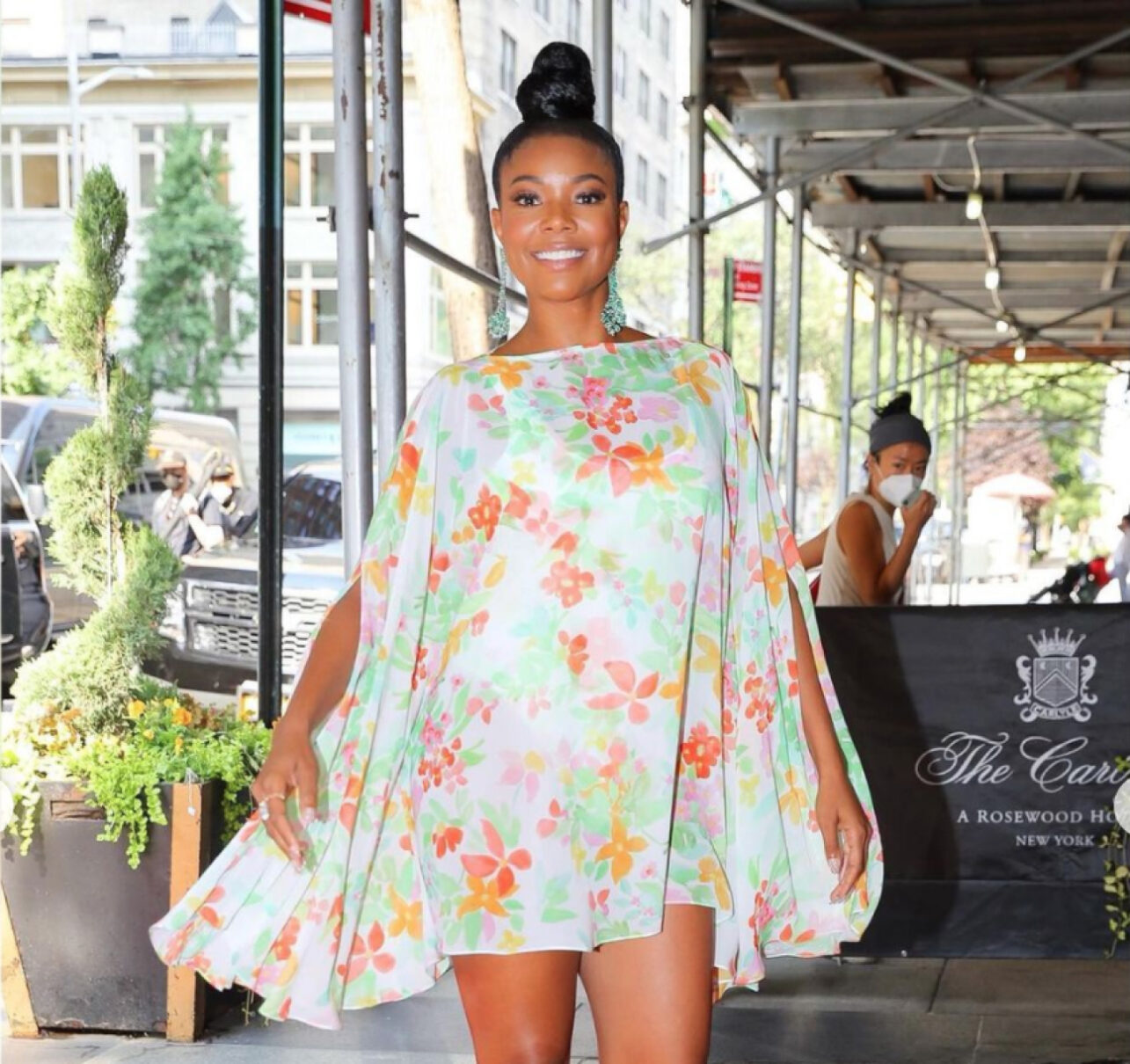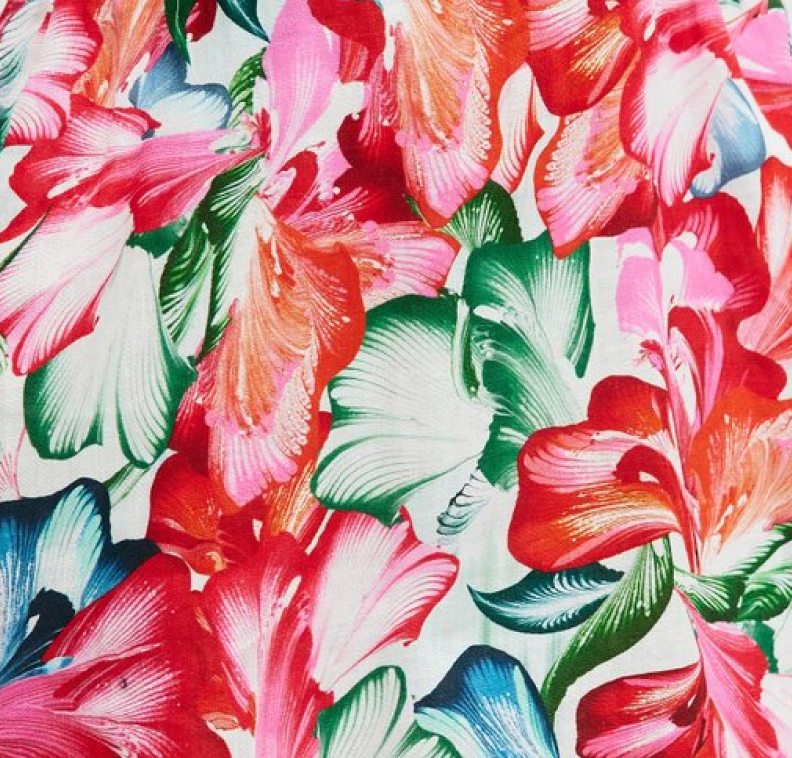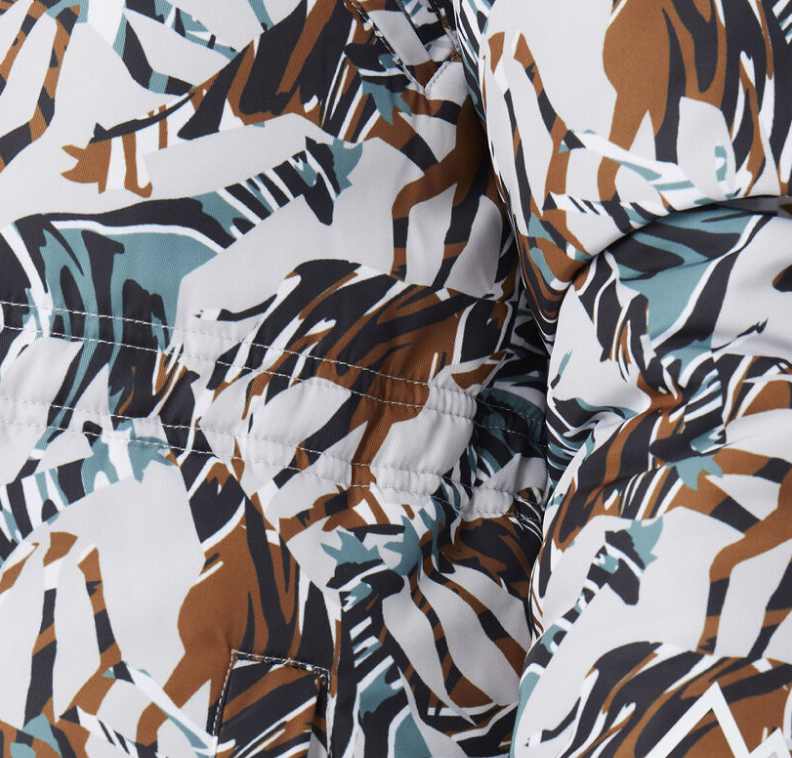In a bright, airy loft in Dumbo, steps from the East River, six designers hand-draw and paint prints that will embellish fashions by DKNY, Fila, Guess, Kensie, and many other brands. Though their work is often the most noticeable aspect of a garment, and they are on the front line of dictating trends, they rarely receive credit.
“Print designers are the unsung heroes of the industry,” says Stephanie Ogé, Fashion Design ’06, founder of Sogé Studio. “A garment is always going to have a base structure, but it’s the artwork that elevates the design.”
The job is dizzyingly creative. Head designer Masha Parfenov, Textile/Surface Design ’19, creates two to three collections of six pieces every week. Ogé directs, finding inspiration at art shows, in outfits she spots, and in cultural moments. A snapshot on the street could inspire a collection.

Ogé worked as a fashion designer before discovering that she preferred making textile art. In 2016, she took a risk and founded Sogé Studio, a mashup of her first initial and last name. She quickly developed a loyal following. “It was like throwing a Hail Mary, and it got caught,” she says.
Sogé Studio is known for bold, fresh colors and the graceful movement of the designs—and the fact that it is possibly the only Black woman–owned print studio. “When I came on the scene, people would ask, ‘Where’s your boss?’”
Parfenov, who designed the prints for the opening pages of this issue of Hue, joined the company in her final year at FIT. “I was convinced I was going to open my own studio,” she says. “I took management classes and had a business plan. I was going to change the industry, designing stuff from scratch.”
When Rena Sussman Silverman, adjunct associate professor of Textile/Surface Design and Fabric Styling, connected Parfenov with Ogé for an internship, her plans suddenly changed. “I realized Steph was already doing what I wanted to do,” Parfenov says, “and that I did not want to own my own business.”


Four years in, Parfenov has designed more than 2,000 prints for the company. How does she stay motivated and inspired? Every few weeks, samples of all the studio’s recent work are printed in Belgium on a single bolt of crepe de chine. Unrolling the fabric and seeing the shapes and colors billow and sway is a delight that never gets old. —Jonathan Vatner